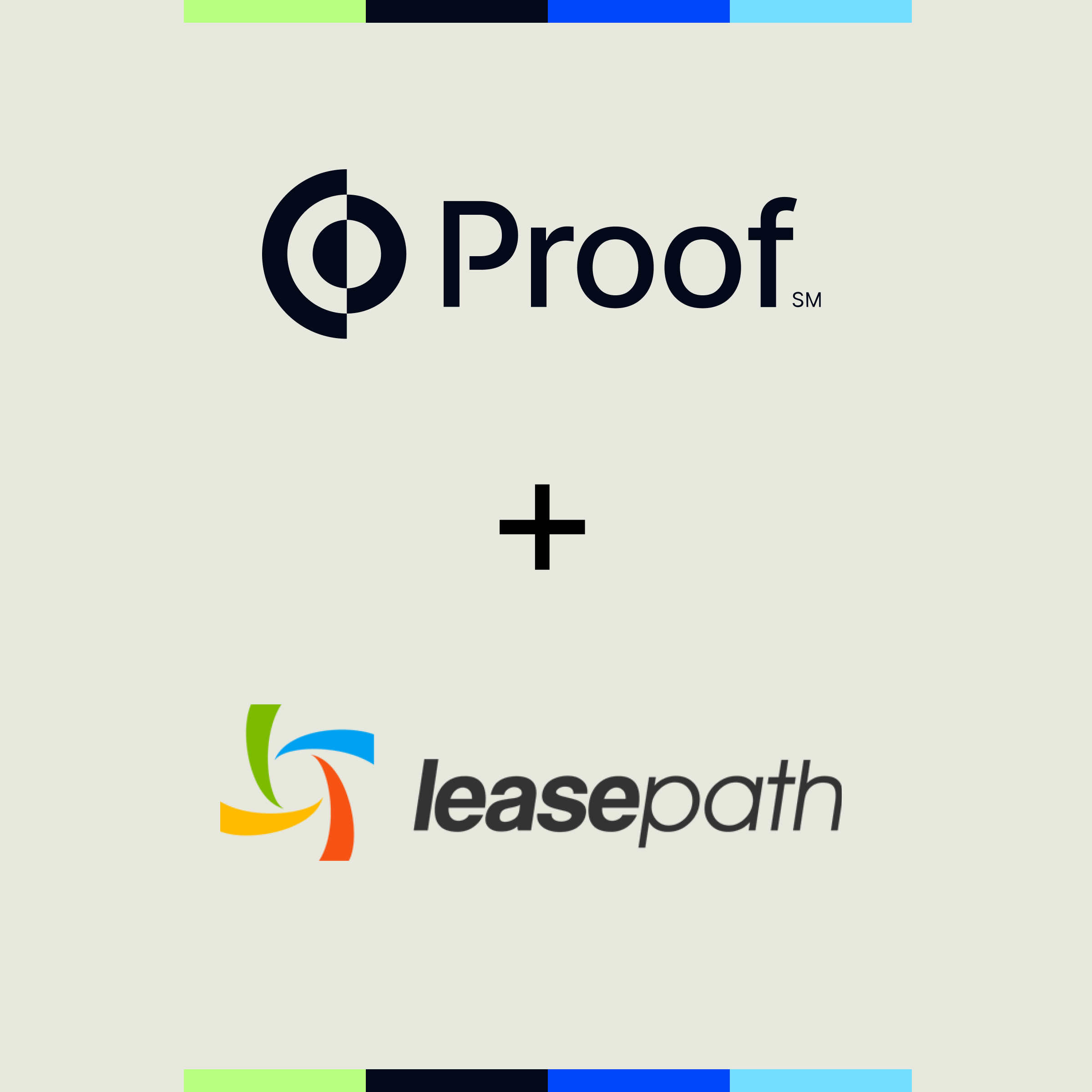8 Steps To Build Your Process Automation Strategy

An automation strategy can bring a host of competitive advantages for your company: cost savings, increased efficiency and accuracy, and an improved customer experience.
But devising a strategy that delivers results for your company isn’t just about tech. A recent survey by Knowledge Capital Partners and Blue Prism found that most automation strategies fail due to managerial and organizational challenges. However, there are several steps businesses can take to build a process automation strategy that not only works, but helps organizations to achieve their goals.
The essentials of an effective automation strategy
A successful strategy happens when a technological process and organizational culture come together, ready to embrace digital transformation and intelligent automation. Here are the essentials of an effective automation strategy.
Define organizational vision
Knowing your organization’s goals will help pinpoint how automation can achieve objectives. What values was your organization founded on? What problems is your business looking to solve? What does success look like a year down the road? Five years down the road?
Efficient business processes
Business processes should undergo regular scrutiny to maintain efficiency. Identify what’s working and what can be improved. Gather feedback as you roll out new processes. Build a clear roadmap for success that team members can leverage.
Automated governance
Governance for automation systems helps organizations monitor performance, increase reliability, and alleviate issues. With so many automated technologies at our disposal, governance helps determine the best fit for your company. Plus, it builds employee trust in new processes.
Data governance
With new data privacy regulations, it’s critical that data is trustworthy and is not misused. A data governance program sets internal standards based on data policies that determine how data is gathered, maintained, and processed and manages its integrity and security.
Supportive tools
Supportive automation testing helps to maintain automated applications so that they continue to run efficiently. Supportive tools can help your business keep up with the market and avoid issues by using pre-written scripts to boost the success rate of applications.
Investment in employee hiring and training
An automation strategy is only as strong as the team behind it. Building and training support staff, IT teams, SMEs, and data analysts are essential to implementing an automation strategy that aligns with the goals of your organization.
8 steps for implementing a successful process automation strategy
There’s no one-size-fits-all automation strategy, but there is a critical roadmap for implementing new systems. Use these eight key steps to deploy the best automation strategy for your business.
1. Show value of automation to leadership
Not everyone understands the value automation brings to an organization. Leadership might see automation as a costly disruption, or worse, a system that displaces employees. That’s why it’s so important to show how automation systems increase efficiency and allow employees to cut back on long hours performing mundane tasks. Instead, free them up to focus on higher-level assignments.
2. See the big picture
With countless technological tools at our disposal, creating a clear and concise vision of what’s possible with automated systems is important. Whether these are the first steps of automating daily, basic tasks, or if you’re combining robotic processes with artificial intelligence, it’s important to help colleagues see the big picture of what automation can deliver.
3. Create a culture of automation
It’s essential to break down stereotypes about automation as a human replacement system and help colleagues embrace a culture of automation. A recent study by the World Economic Forum found that automation is expected to create nearly 60 million new jobs in the near future. A healthy culture of automation is one where employees exist in an optimized environment where humans work alongside machines.
4. Reimagine workflows before automating
Before hands-on automating begins, taking a step back and looking at which processes can be made more efficient is essential. Which steps in existing processes are necessary? Where do inefficiencies create bottlenecks? How can automation increase productivity? Create a roadmap before you start automating.
5. Establish a supporting IT infrastructure
A successful automation strategy functions when IT works hand in hand with business stakeholders inside your organization. Instead of the traditional organizational structure, in which IT and business function separately, break down silos.
6. Create a robust change management strategy
A robust change management strategy creates an environment that prioritizes communication and training. When systems are radically reimagined and processes are in flux, it’s critical to have a clear message for employees. Make sure they understand why and how changes happen.
7. Develop an evaluation framework for automation tool selection
Deploying and evaluating new automation tools is an ongoing process, so there must be a framework to determine which tools can be implemented to increase efficiency. Is the tool easy to implement into an existing system? Do you have community and technical support for the new tool? Can you scale and expand the tool for future needs?
8. Leverage automation tools
You can leverage automation tools across all departments, freeing employees from tedious tasks so they can spend more time on high-level projects. They can also reduce administrative hours, proactively meet market conditions, and improve the customer experience. An online notarization platform, such as Notarize, helps support organizations in their process automation strategy by shortening the amount of time notarization takes.
How Notarize can help support your automation strategy
Business leaders rely on tools like Notarize to support their automation strategy. Facilitating digital transformation and an automation strategy is about creating more time for employees. Switching to digital invoices, remote online notarization, and cloud platform storage save time and money. Companies can now streamline the completion of POAs, claims processes, permits, and more in minutes.
Automation has effectively changed how businesses operate. Optimizing and automating manual tasks has made businesses more efficient, delivered new cost-saving opportunities, and helped to develop better customer experiences. With notaries available 24/7, online notarization is no longer a tedious and laborious task for organizations. Schedule a demo to learn more about how Notarize can be a part of your automation toolkit today.















































































































.jpg)





.png)
.png)







.png)






